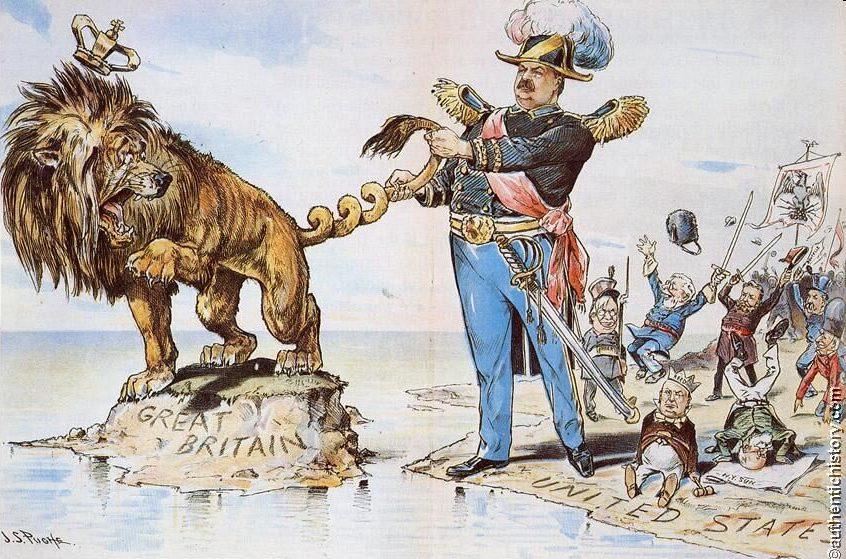In 2013, then U.S. Secretary of State John Kerry announced, “The era of the Monroe Doctrine is over.” He couldn’t have been more wrong. More on that in a bit.
James Monroe, America’s fifth president (1817–1825), learned statecraft from America’s first four presidents, and as the last of the Founding Fathers, Monroe carried obvious heft on matters of policy. So, the 200th anniversary of the Monroe Doctrine this year is as good a reason as any to read (or reread) historian Jay Sexton’s satisfying book “The Monroe Doctrine: Empire and Nation in Nineteenth-Century America.” Dexter Perkins’s early 20th century three-volume work on the doctrine is meant for historians. Mr. Sexton’s early 21st century effort brims with insight, is more of a political economic analysis, and is, comfortingly, more accessible.





